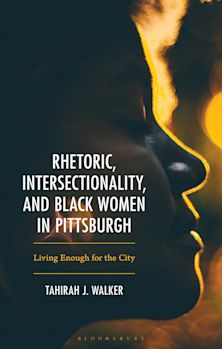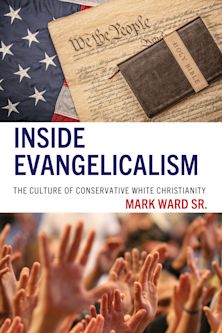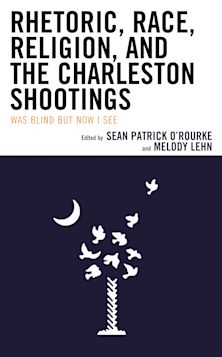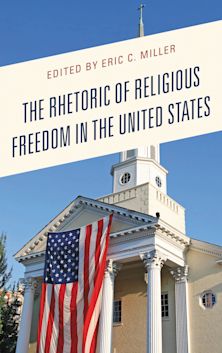- Home
- ACADEMIC
- Communication Studies
- Rhetoric
- Politeness in Presidential Debates
Politeness in Presidential Debates
Shaping Political Face in Campaign Debates from 1960 to 2004
Politeness in Presidential Debates
Shaping Political Face in Campaign Debates from 1960 to 2004
You must sign in to add this item to your wishlist. Please sign in or create an account
Description
Politeness and Political Debate analyzes politeness theory and political debate, categorically evaluating politeness strategies in presidential and vice presidential debates from 1960 to 2004. The book also features an introduction to politeness theory and how to apply it to debates.
To remedy the lack of information on relational dimensions of debates, politeness theory offers a compelling way of explaining audience assessments of leadership and advocacy skills. The authors summarize the results for each candidate's politeness strategies, relate them to the historical context of the campaign in which they take place, and consider them in relation to other studies conducted on the campaign debates. Debates fall into one of three sections: debating policies; attacking policies and the opponent; and directly attacking the opponent.
This well-researched book ends with implications for debate planners, politicians, citizens, and scholars, including an insightful chapter on the electorate's ideal debate.
Table of Contents
Chapter 2 1 Introduction: Politeness and Political Image in Campaign Debates
Chapter 3 2 Politeness in Presidential Campaign Debates: An Overview
Chapter 4 3 Vice Presidential Debates
Part 5 II: THE ROLE OF POLITENESS IN CAMPAIGN OUTCOMES
Chapter 6 4 Debating Policies: The 1960, 1976, and 1980 Campaigns
Chapter 7 5 The 1992 and 2000 Presidential Debates
Chapter 8 6 Directly Attacking the Opponent: The 1984, 1988, 1996, and 2004 Presidential Debates
Part 9 III: IMPLICATIONS FOR DEBATE PLANNERS, POLITICIANS, CITIZENS, AND SCHOLARS
Chapter 10 7 Debate Formats and Politeness
Chapter 11 8 Politeness, Debates, and Campaign Outcomes
Chapter 12 9 An Ideal Debate for the Electorate
Chapter 13 10 Conclusions and Recommendations for Future Research
Chapter 14 Appendix A: Coding Politeness: Units and Schema
Chapter 15 Appendix B: Politeness Schema
Chapter 16 References
Product details
| Published | 29 Aug 2007 |
|---|---|
| Format | Ebook (Epub & Mobi) |
| Edition | 1st |
| Extent | 212 |
| ISBN | 9781461612759 |
| Imprint | Rowman & Littlefield Publishers |
| Series | Communication, Media, and Politics |
| Publisher | Bloomsbury Publishing |
About the contributors
Reviews
-
Because of the precision of this study's methodology, presented in an academic manner, this book can be helpful to scholars of rhetoric.
Susan Gonders, Journalism & Mass Communication Quarterly
-
In an age where winning elections depends on candidates' images as much as, if not more than, campaign issues, this exceptional analysis is a welcome addition to political communication scholarship. Covering forty-five years of U.S. presidential and vice presidential debates, the authors provide a compelling account of the role politeness plays when political images are at stake.
John S. Seiter, Utah State University; coauthor, Persuasion: Social Influence and Compliance Gaining



































